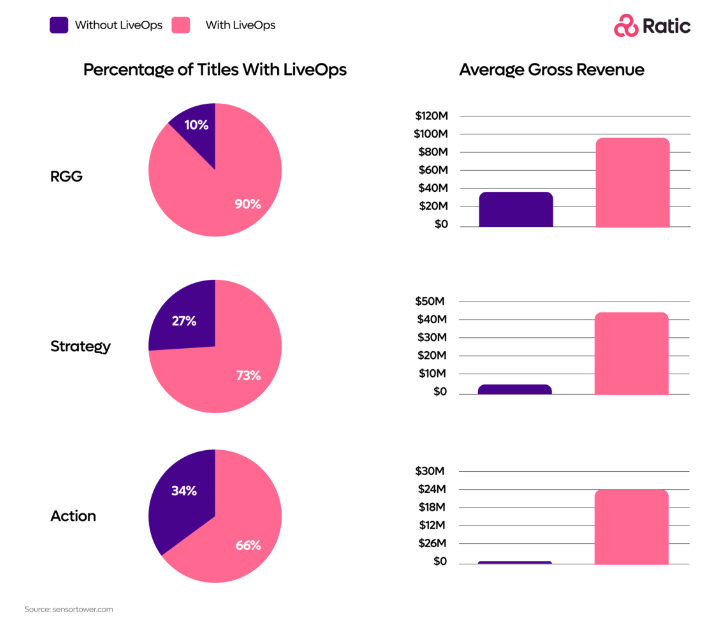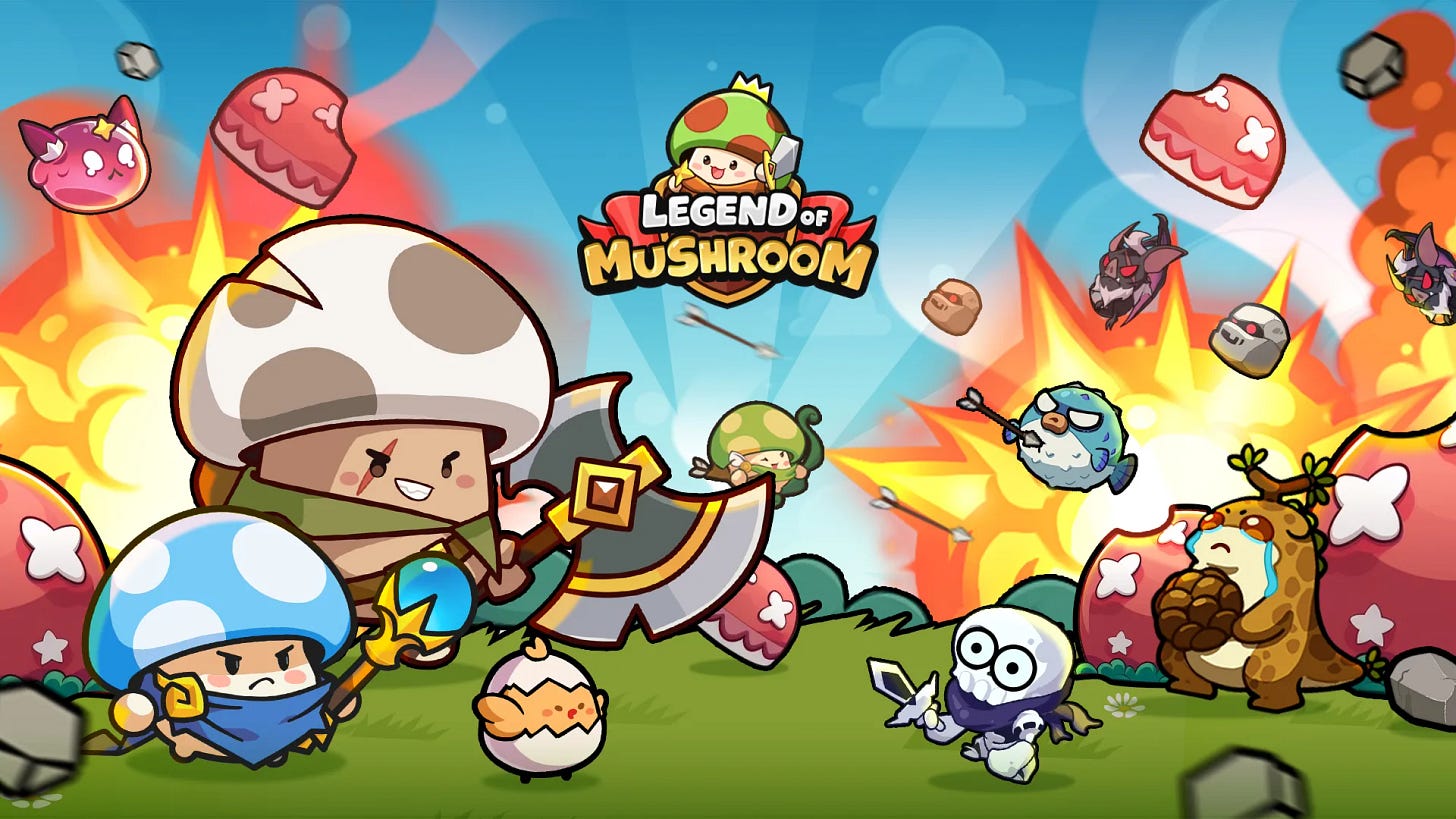No better time to build a gaming startup! 👾
Build your own game and learn lessons from 1000+ YC companies!
A16Z doubles their fund for gaming investments, using LiveOps from gaming in your B2C app could catapult growth, lessons from 1000+ YC companies at your disposal along with strategies for pricing changes! This week’s edition is packed with a goldmine of ideas and insights for you to think through this weekend.
A bonus read as always on the most popular game in the world currently, and how they cracked gamification! Could their gamification strategy help you drive higher retention and ARPU? Only one way to find out!
1) A16Z doubles gaming investment with $600M fund - PocketGamer.Biz
No better time to build a gaming startup! This might be the quickest read for the week. Not a blog but an announcement we couldn’t skip for all the gaming enthusiasts. VC firm A16Z has just upped the ante in the gaming industry by establishing a $600 million gaming fund as part of their larger $7.2 billion fundraising effort. Ben Horowitz, cofounder, describes the move as a significant milestone reflecting the firm’s growth from its $300 million initial fund in 2009. A16Z will be supporting early-stage game startups as they believe that now is an exceptional time for game startups, citing the abundance of players, platforms, and developmental tools available, which simplifies the creation and funding of new games. It’s time to make that game idea you’ve nurtured for years a reality!
2) Here is Everything You Need to Know About Mobile Game LiveOps - Ratic
Hear us out on this - while this may seem like a game-specific function, a lot of you may already be doing LiveOps in some way or the other. If you’re not, you need to start like yesterday! This is your gateway into the world of LiveOps and it’s best practices from the gaming space you can borrow. LiveOps has become a critical strategy for enhancing player engagement and increasing revenue. It integrates real-time analytics, targeted communication, and dynamic content updates, allowing PMs to fine-tune apps based on user behavior and preferences. Successful implementation of LiveOps can lead to greater user retention and increased monetization opportunities, making it a powerhouse tool for PMs and product marketers looking to thrive in the competitive B2C market. We also did a simple breakdown of LiveOps in Gaming.
3) Lessons from 1,000+ YC startups: Lenny’s Podcast
In a friendly chat with Lenny, Dalton Caldwell of Y Combinator shares insights from his vast experience with startups. Dalton emphasizes resilience, encapsulated in the mantra "Just don’t die," recognizing the tough landscape startups navigate. He touched on common pitfalls like "tar pit ideas," which seem promising initially but can trap businesses in long-term problems, highlighting the importance of recognizing when to pivot based on refined solutions from past insights. He also noted why investors might reject startups, stressing the significance of market size in investment decisions and the risks of founders over-delegating. Additionally, Dalton discussed effective customer communication and offered takeaways on possessing a deep belief in one’s startup vision, critical for persuading others and steering towards success.
4) Your guide to ARR per employee - Kyle Poyar
In the bustling world of SaaS, Annual Recurring Revenue (ARR) per Full-Time Employee (FTE) is emerging as a pretty crucial and straightforward metric 👀
This way companies can evaluate efficiency by correlating revenue to workforce size without needing complex calculations. Healthy benchmarks for ARR per FTE range from $90k to over $300k, depending on the company's revenue scale. However, obsessing over this metric too early can distract from necessary growth investments. Comparisons should account for factors like scale, growth rate, and geography. Check this one out to explore different strategies to enhance ARR per FTE.
5) How To Land A Pricing Change - Adam Fishman
Through this piece Adam Fishman helps you navigate throug the touchy topic of “Pricing”. As we all know, changing pricing for existing customers can be delicate and it's crucial to understand your company's monetization model and how it aligns with market opportunities and product value before making any changes. For example, transitioning from a flat to a tiered pricing model can alleviate scaling issues and adapt to different customer needs without alienating your base. Transparent communication, offering legacy pricing, and providing downgrade options can soften the blow. A must read if you’re a PM trying to solve for ARPU through different ways!
Bonus: The Magic of ‘Legend Of Mushroom’ - Deconstructor of Fun
"Legend Of Mushroom" is soaring in popularity in Japan and South Korea (nothing to do with the magic mushrooms you’re thinking of), leveraging an idle gear collection loop and gacha mechanics akin to a slot machine. Despite the few downloads in South Korea and Japan, they contribute to a majority of their revenue.
What’s the fuss about? It’s nostalgia and a sense of familiarity with an element of surprise. Players advance by defeating bosses, collecting gear, and enhancing characters through various monetization strategies like battle passes and gacha systems. Gacha systems are where it’s at, and something to look out for with other gaming examples in this piece to amplify your gamification strategies.
Hey folks, I’m Brijesh Bharadwaj I am the co-founder of Segwise.ai, an AI-powered observability platform for Product Growth teams that automates daily RCAs! I started this newsletter to try and help out the product community because I understand how overwhelming the overflow of information out there can feel. So we decided to curate a set of articles and podcasts from the past week that we think are worth your time. I think this initiative could help PMs, especially those in the early to mid stages of their careers!
Feel free to give us recommendations of blogs and podcasts we should cover and if you find this helpful, share it with a friend 😬



